Story stones are a tool used to help children develop their imagination, creativity, and ability to tell stories. They are used in classrooms but can also be used at home with your child.
The definition of story stones is “a collection of small objects that can be configured in different ways to represent a story.” The purpose of story stones is to help children develop creativity and imagination by using these small objects as props for their stories.
Learn how to transform ordinary stones into stunning pieces of jewelry or decor. Check out our article on wire wrapping stones to uncover this captivating craft and add a new dimension to your artistic journey.
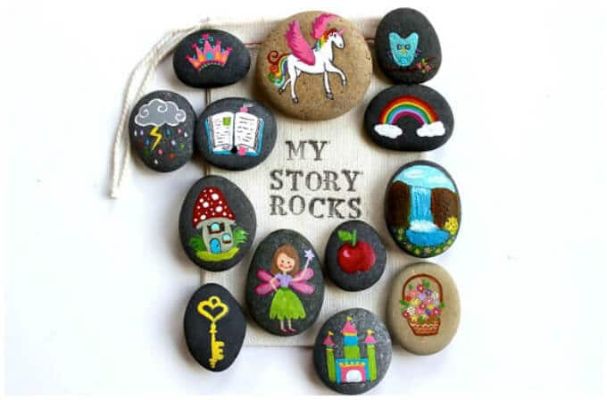
The importance of creativity and imagination in children’s development has been well documented. Creativity helps children learn problem-solving skills, which are important in school and later in life as they solve problems at work or home. Storytelling is also an important skill that helps children learn how to communicate with others and share ideas. Children who enjoy telling stories may be more likely to become writers when they grow up.
As we know, there are many other ways to encourage your kid’s creativity, such as Self-Portrait Collage. Kids can easily portray their imaginations with this trick, and they can easily merge both for storytelling.
Things Needed For Story Stones
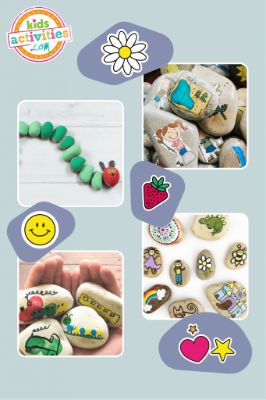
Item | Use | Alternative Option |
Smooth rocks | Serve as the base for stones | Ceramic tiles, wooden blocks |
Acrylic paints | Color and decorate the stones | Watercolor paints, markers, crayons |
Paintbrushes | Apply paint to the stones | Foam brushes, cotton swabs |
Sealant or varnish | Protect the artwork | Mod Podge, clear nail polish |
Pencil or pen | Outline designs on the stones | Permanent markers, fine-tipped pens |
Clear spray fixative | Preserve the artwork | Clear adhesive spray, clear glue |
Palette or paint dish | Mix and blend paint colors | Disposable plastic lids, small containers |
Water container | Clean brushes and dilute paint | Disposable cups, jar of water |
Newspaper or plastic sheet | Protect the workspace | Old newspaper, plastic tablecloth |
How to Create Story Stones?
When creating story stones, it’s important to select suitable materials that will ensure the longevity and durability of your artwork.
Consider the following:
- Smooth rocks: Look for rocks with a smooth surface, preferably flat or slightly rounded, which provide a suitable canvas for painting or drawing. You can collect rocks from nature or purchase them from a craft store.
- Size and shape: Choose rocks that are comfortable to hold and manipulate. They should be large enough for the desired designs and details but small enough for children to handle easily.
Looking for creative ways to spark bedtime stories for kids? Consider using Story Stones! These colorful stones adorned with pictures can inspire endless tales. If you’re eager to dive into storytelling adventures, explore our guide on Bedtime Stories For Kids for even more inspiration.
Selecting Themes and Designs For Story Stones
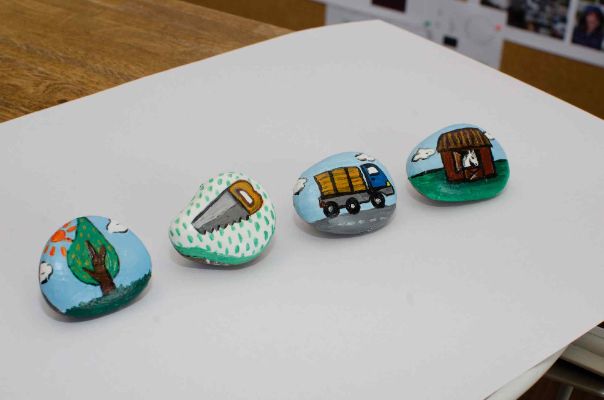
Once you have your rocks ready, it’s time to brainstorm themes and designs that will bring your story stones to life. Here’s how to go about it:
- Consider interests: Consider the interests and favorite characters or objects that resonate with the children using the story stones. Examples include animals, nature, fairy tales, and superheroes.
- Simple and recognizable: Keep the designs simple and easily recognizable. Bold, clear images best spark children’s imagination and storytelling abilities.
Painting or Drawing on the Stones
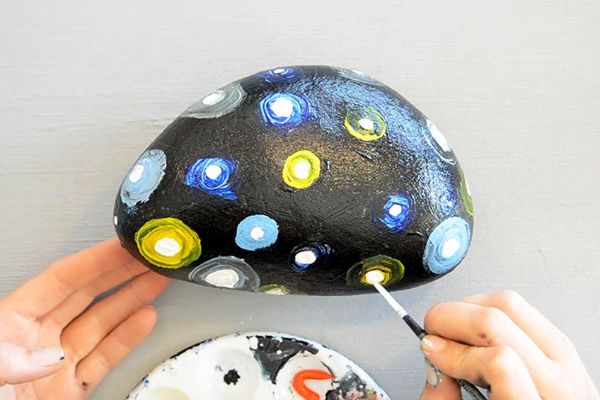
Now it’s time to let your creativity flow and bring the story stones to life through painting or drawing. Follow these steps:
- Clean and prep the rocks: Wash the rocks thoroughly to remove any dirt or debris. Let them dry completely before painting.
- Base coat: Apply a base coat of acrylic paint on each stone. This will create a smooth surface and provide a uniform background color for your designs. Allow the base coat to dry.
- Paint or draw the designs: Use acrylic paints, markers, or fine-tipped pens to paint or draw the desired images onto the stones. Let your imagination guide you as you bring each character or object to life.
Sealing and Protecting the Artwork
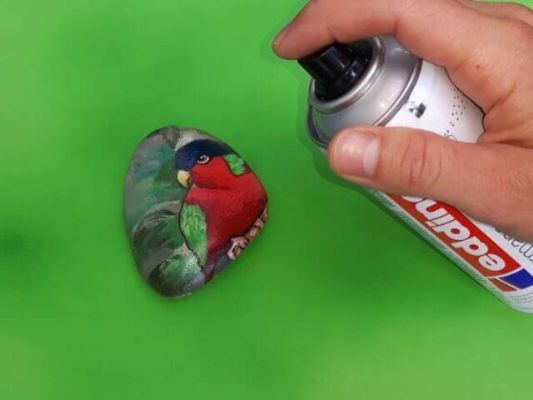
To ensure the longevity of your story stones and protect the artwork, it’s important to seal them properly.
Here’s what to do:
- Allow the paint to dry: Ensure that the paint is completely dry before sealing the stones. This may take several hours or overnight, depending on the type of paint used.
- Apply a sealant: Use a sealant or varnish specifically designed for crafts. Brush a thin, even layer of sealant over the painted surface of each stone. This will protect the artwork from smudging, moisture, and wear and tear.
- Let it dry and cure: Follow the instructions on the sealant for drying and curing time. Allowing the stones to dry and cure thoroughly is essential before handling or using them in storytelling activities.
Using Story Stones for Storytelling
Before diving into storytelling sessions with story-stones, creating an inviting and engaging environment is important.
Consider the following:
- Create a comfortable space: Set up a cozy area with cushions, blankets, or a designated storytelling corner where children can gather comfortably.
- Arrange the story stones: Attractively display the story stones, either in a story bag, a decorative basket, or a tray, making them easily accessible for storytelling sessions.
Steps for Using Story Stones in Storytelling Sessions
- Creating a Story Bag or Basket: Start by assembling a collection of story stones and placing them in a special container. This container can be a colorful bag, a woven basket, or any other container you choose. The story bag or basket adds an element of excitement and anticipation.
- Selecting Stones to Build a Narrative: When beginning a storytelling session, guide children through selecting stones that will form the foundation of their story. Encourage them to choose stones that inspire their imagination and align with their storytelling ideas.
- Encouraging Interactive Storytelling and Role-Play: As children choose their story stones, prompt them to describe the characters, objects, or scenes depicted on each stone. Encourage them to interact with the story stones, moving them around and creating connections between different elements. This interactive approach fosters creativity, critical thinking, and communication skills.
Benefits of Using Story Stones in Storytelling Activities
Story stones offer numerous benefits when incorporated into storytelling activities:
- Sparking imagination: Story stones are visual prompts that ignite children’s imagination, encouraging them to create unique narratives and explore their creativity.
- Developing language skills: Storytelling with story stones helps children develop language and vocabulary by articulating their ideas, describing the images on the stones, and expressing their thoughts.
- Enhancing communication: Interactive storytelling with peers or adults promotes communication and listening skills as children share their stories and actively engage in dialogue.
- Encouraging problem-solving and critical thinking: Children are challenged to think critically, connect story elements, and solve problems within the narrative structure they create.
- Stimulating social and emotional development: Story stones allow children to express their emotions, empathize with characters, and explore social situations, contributing to their emotional intelligence and social skills.
10 Stones You Can Write On – Stone Writing Crafts
Gratitude Stones: Write gratitude or positive affirmations on the stones to remind you of things to be grateful for or uplifting messages.
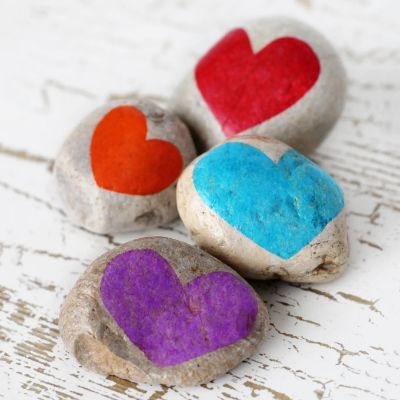
Inspiration Stones: Write motivational quotes or words on the stones to encourage and inspire when needed.
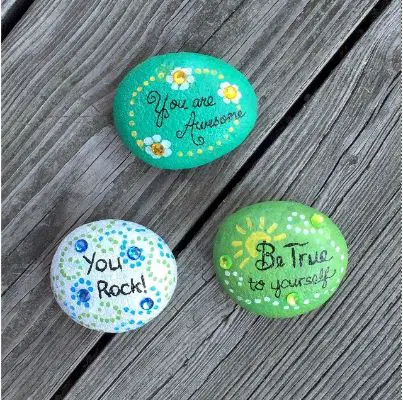
Mindfulness Stones: Write mindfulness reminders or meditation prompts on the stones to promote mindfulness and self-awareness.

Affirmation Stones: Write affirmations or empowering statements on the stones to boost self-confidence and self-belief.
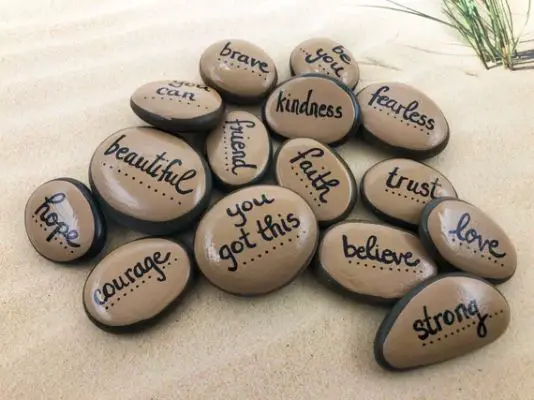
Kindness Stones: Write acts of kindness or kind words on the stones to spread positivity and encourage acts of kindness.
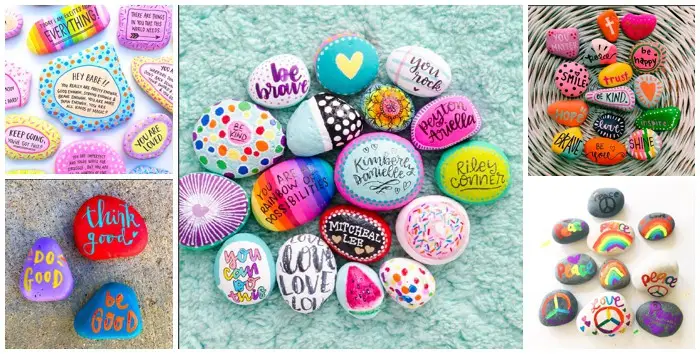
Vocabulary Stones: Write new words or vocabulary terms on the stones to enhance language skills and expand vocabulary.
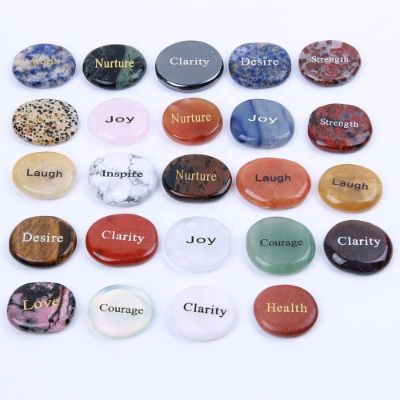
Learning Stones: Write educational facts or trivia questions on the stones to make learning fun and engaging.
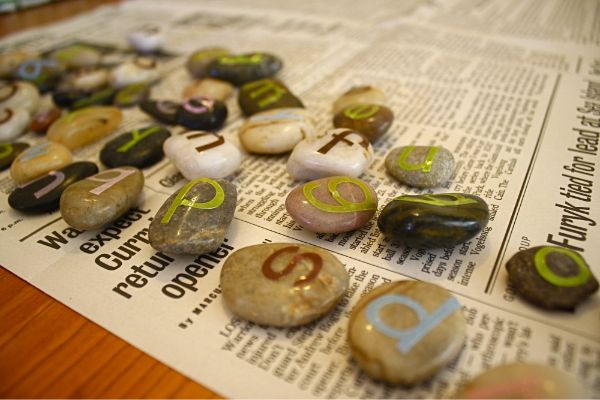
Story Prompt Stones: Write story starters or writing prompts on the stones to inspire creative storytelling or writing exercises.
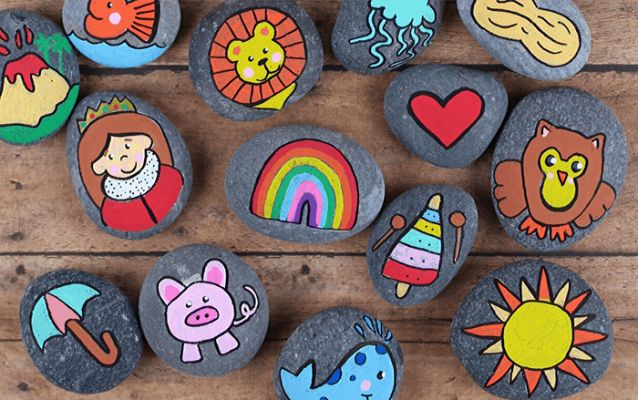
Goal Stones: Write personal goals or aspirations on the stones as reminders and motivators for achieving desired outcomes.
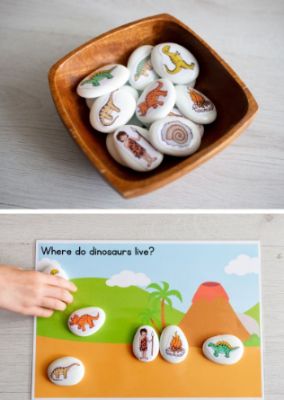
Memory Stones: Write memorable moments or special memories on the stones to create a collection of cherished memories.

20 Creative Storytelling Ideas With Stones
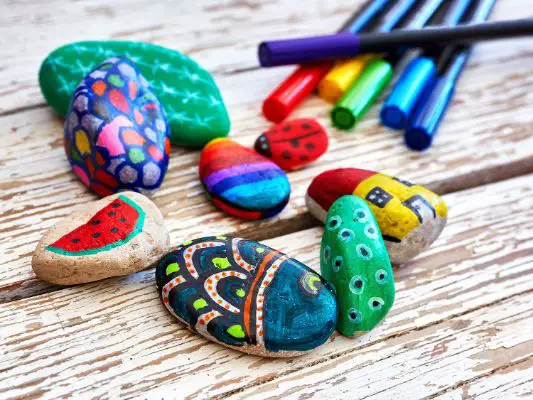
- Magical Creatures: Paint stones with images of unicorns, dragons, fairies, or mermaids to spark enchanting adventures.
- Space Exploration: Create stones depicting rockets, planets, astronauts, and aliens for intergalactic storytelling journeys.
- Underwater World: Paint stones with vibrant sea creatures like fish, seahorses, dolphins, and coral reefs for underwater escapades.
- Farm Animals: Illustrate stones with animals such as cows, pigs, chickens, and sheep for fun-filled agricultural tales.
- Dinosaur Adventure: Craft stones with dinosaurs like T-Rex, Stegosaurus, and Triceratops for exciting prehistoric tales.
- Jungle Safari: Paint stones with lions, elephants, zebras, and other jungle animals for wild expeditions through dense forests.
- Superhero Squad: Design stones featuring superheroes with capes, masks, and superpowers, inviting epic superhero adventures.
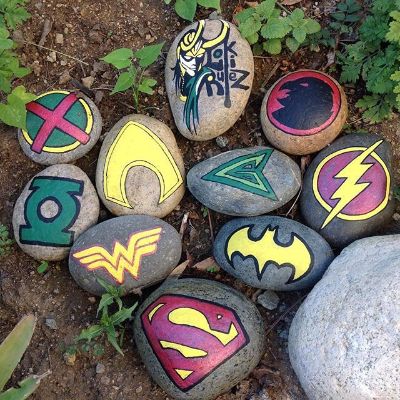
- Enchanted Forest: Create stones with trees, mushrooms, magical doors, and woodland creatures for mystical forest tales.
- Fairy Tales: Paint stones with characters from classic fairy tales like Cinderella, Snow White, and Little Red Riding Hood.
- Mythical Gods and Goddesses: Illustrate stones with gods and goddesses from different mythologies, opening doors to ancient legends.
- Weather Elements: Craft stones representing the sun, clouds, raindrops, lightning, and rainbows to tell weather-themed stories.
- Insects and Bugs: Paint stones with ladybugs, butterflies, bees, and spiders for small insect adventures.
- Community Helpers: Design stones featuring professionals like firefighters, doctors, teachers, and police officers for stories about everyday heroes.
- Enchanting Castles: Create stones depicting majestic castles, towers, and bridges for tales of royal adventures.
- Sports Stories: Paint stones with equipment and symbols representing various sports like soccer, basketball, or baseball.
- Time Travel: Craft stones with clocks, hourglasses, and time machines to embark on thrilling journeys through time.
- Outer Space: Create stones depicting astronauts, planets, rockets, and telescopes for exciting space explorations.
- Forest Friends: Paint stones with woodland animals like foxes, squirrels, rabbits, and owls for tales of friendship and camaraderie.
- Seasons and Nature: Design stones representing different seasons, flowers, trees, and natural elements for stories celebrating nature.
- Inventions and Gadgets: Craft stones with innovative gadgets, robots, and futuristic devices for tales of innovation and creativity.
10 Story Stones Ideas
- Adventure Stones: Paint stones with images of maps, compasses, backpacks, and tents to ignite tales of thrilling journeys and expeditions.
- Mystery Stones: Create stones with magnifying glasses, footprints, keys, and question marks for captivating mystery and detective stories.
- Timeless Tales: Design stones featuring famous storybook characters like Little Red Riding Hood, Peter Pan, or Alice in Wonderland for classic story retellings.
- Nature Explorers: Paint stones with trees, flowers, animals, and natural elements to inspire stories about the wonders of the great outdoors.
- Weather Adventures: Craft stones depicting suns, rain clouds, lightning bolts, and rainbows to embark on exciting weather-related tales.
- Friendship Stones: Illustrate stones with symbols of friendship like hearts, hands holding, and smiling faces to encourage stories of camaraderie and loyalty.
- Enchanted Objects: Create stones representing magical objects like wands, potions, keys, and spellbooks, sparking stories of enchantment and wonder.
- Timeless Heroes: Design stones featuring iconic heroes like knights, superheroes, or historical figures to embark on epic heroic adventures.
- Animal Kingdom: Paint stones with various animals, such as lions, elephants, birds, and monkeys, to explore tales of animal kingdom interactions.
- Dreamland Stones: Craft stones with whimsical images like clouds, stars, moons, and castles to inspire imaginative stories in a magical dreamland.
10 Storytelling Workshop Ideas
Workshop ideas provide diverse activities and techniques to engage participants, foster their storytelling skills, and encourage a love for storytelling as a powerful means of expression. Adapt these ideas based on the age group and interests of the participants to create a tailored and engaging storytelling workshop experience.
- Storytelling Games: Incorporate interactive storytelling games like “Story Starters,” where each participant adds a sentence to create a collaborative story, or “Story Dice,” using dice with images to inspire spontaneous storytelling.
- Character Development: Guide participants in developing vivid characters by providing character profiles or prompts. Encourage them to consider their characters’ personalities, backgrounds, and motivations to create well-rounded and compelling personas.
- Story Mapping: Introduce the concept of story mapping, where participants use visual aids like diagrams or storyboards to map out the key elements of their stories, such as plot points, settings, and character arcs.
- Improvisation Exercises: Conduct improvisation exercises where participants take turns assuming different characters or scenarios, challenging them to think on their feet and weave spontaneous narratives.
- Emotion Exploration: Explore the importance of emotions in storytelling by encouraging participants to convey different emotions through voice modulation, facial expressions, and body language.
- Storytelling Props: Provide participants with props or objects and challenge them to incorporate them into their stories, adding a creative and tangible element to their narratives.
- Cultural and Folklore Tales: Introduce participants to diverse cultural and folklore tales from around the world, encouraging them to learn about different storytelling traditions and draw inspiration from various cultural narratives.
- Storytelling Techniques: Teach participants various storytelling techniques, such as suspense-building, descriptive language, and dialogue, to enhance the impact and engagement of their stories.
- Storytelling in Different Genres: Explore storytelling in different genres, such as fantasy, mystery, or historical fiction, and guide participants in adapting their storytelling techniques to suit each genre.
- Performance and Feedback: Create opportunities for participants to perform their stories in front of the group and provide constructive feedback. Encourage positive reinforcement and emphasize the importance of storytelling as a form of communication and connection.
Interested in unleashing your creativity with natural materials? Learn about the captivating world of Story Stones and discover how you can craft your own narratives through these artistic gems. Looking to explore more ways to express yourself through rocks? Dive into the art of rock painting to unlock endless possibilities of design and expression.
Conclusion
Story stones offer an interactive way to ignite children’s imagination and enhance storytelling skills. They provide visual prompts for engaging storytelling sessions, fostering creativity, language development, problem-solving, and social skills. Story stones create magical worlds limited only by imagination, nurturing a love for storytelling.
